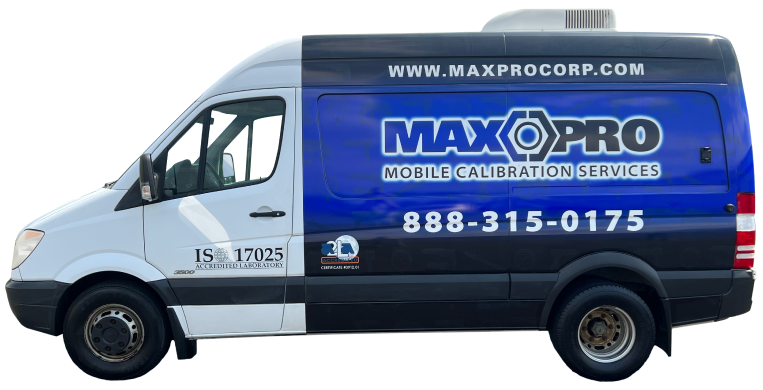Tower cranes perform important work during construction projects and other tasks that require heavy lifting. They can rise hundreds of feet above the ground while their booms can extend more than 200 feet. Their lifting capacities vary with size, but the most powerful tower cranes can lift up 20 tons.
Since tower cranes change locations frequently, they need to be disassembled and assembled correctly at the new worksite. At the core of this operation is the tower crane bolt, which secures every part to ensure that the tower crane is functioning properly and does not pose a safety risk to operators and other workers.
Each bolt in a tower crane has a specific torque value and must be torqued to the exact value using a calibrated wretch. And since tower cranes are complex structures, you might need multiple torque wrenches to assemble a single crane tower.

Tower Crane Safety Tips
Use the Right Torque Wretch
All the bolt wrenches used to assemble tower cranes should be calibrated
by an ISO/IEC 17025 accredited calibration lab. The ISO/IEC 17025 calibration
certificate proves that all the torque wrenches and other equipment used to assemble the crane was properly calibrated. It also ensures traceability and
accountability of the assembly process.
Apart from using certified tower crane torque wrenches, you need to take several other safety measures to ensure that the tower crane is safe for use in construction projects and other lifting tasks.
Safety Protocols
- All tower cranes and derricks should be a minimum of 10 feet away from power lines.
- The load capacities, operating
speeds, and instructions should be posted where the operator can see them. - The operators should conduct daily inspections to
ensure that the crane and rigging equipment is in good condition - Make stringent rules and impose heavy penalties to dissuade
workers from riding on the crane load. - Erect barricades to prevent unauthorized personnel from accessing the tower cranes.
- All crane booms should have foot walks, handrails, and toe-boards that can support workers and minimize the risk of slipping.
- Place a fire extinguisher inside the cab and a reliable audible warning device on the tower crane.
- All cabs
should have functional locks and seat belts to enhance operator safety. - Each tower crane should have a designated signal worker
with the responsibility of giving instructions to the operator. The signal worker should always be within the view of the operator. - Each tower crane should have boom stops and jib boom stops for extra safety.
- Regularly inspect the main boom, jib boom,
and other boom extensions for cracks, corrosion, and other signs of wear. - Regularly check the rung ropes for distortion, cut
strands, corrosion, broken strands, and bird-caging. - About 10% of tower crane accidents are caused by mechanical failure. All
tower cranes should be inspected annually for mechanical failure. Regular inspection helps detect mechanical failure in advance to minimize the risk of
mishaps. - Each tower crane should have a load chart that the operator can understand.
- The load chart and
other warning systems or instructions should be placed where the operator can access them.
Conclusion
Tower cranes are critical structures that require adherence to best practices for safe and effective operation. To ensure that your tower crane is working properly
and safe to operate, you need to use certified and properly calibrated assembly tools.
Maxpro can supply you with certified and properly calibrated torque equipment. We are specialists in providing ISO/IEC 17025 certified hydraulic, electric, pneumatic, battery, and manual torque equipment for use in tower cranes for different applications.
We work with crane manufacturers and owners to ensure that proper bolt torque is applied on their cranes. Contact us today to speak to our engineers about our torque wrench calibration services.





